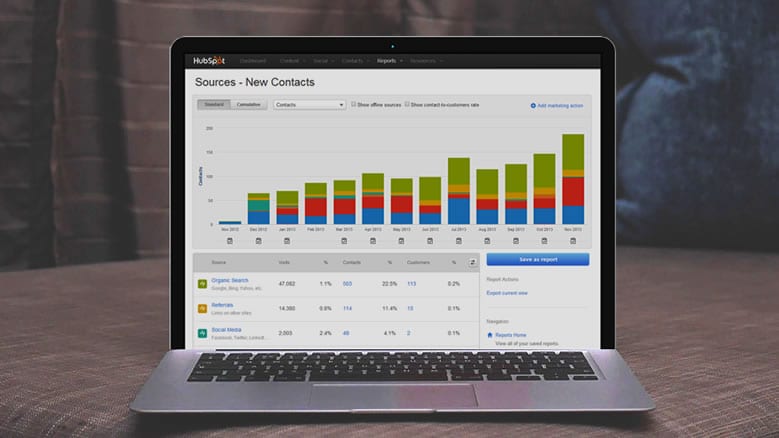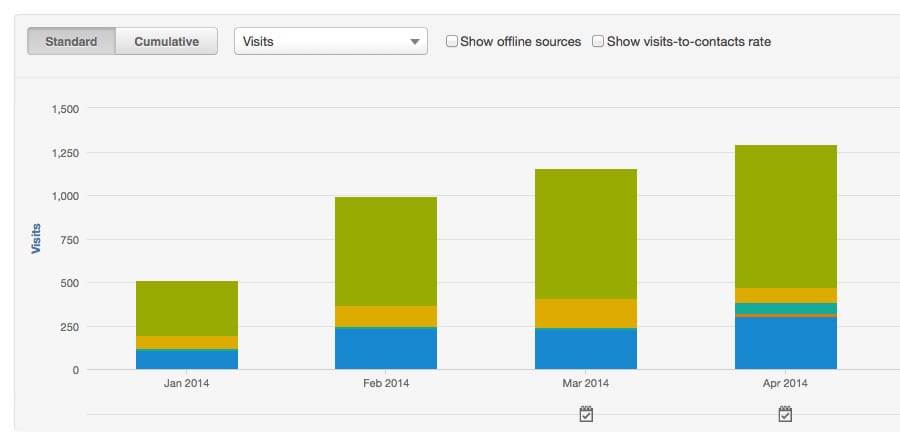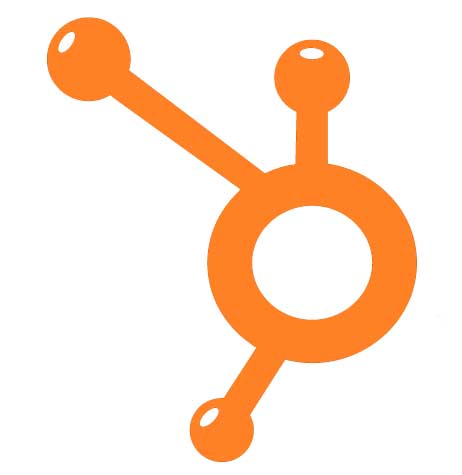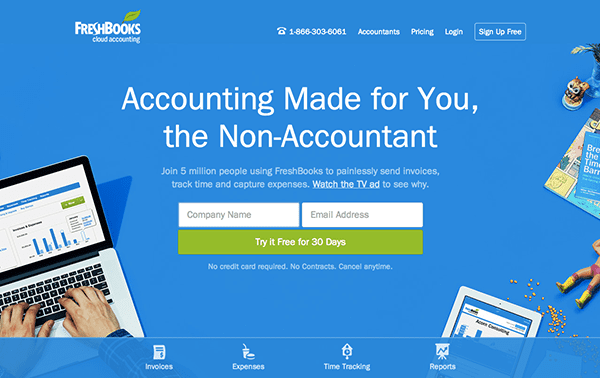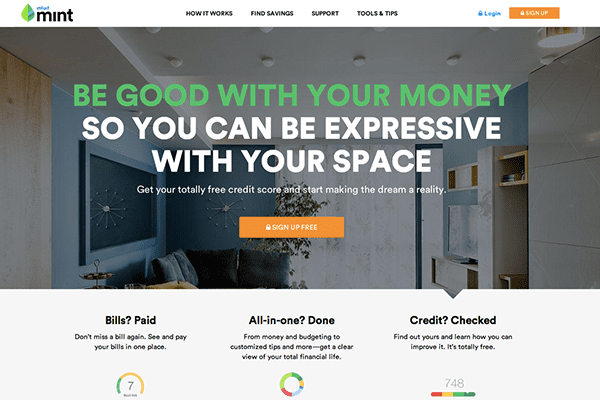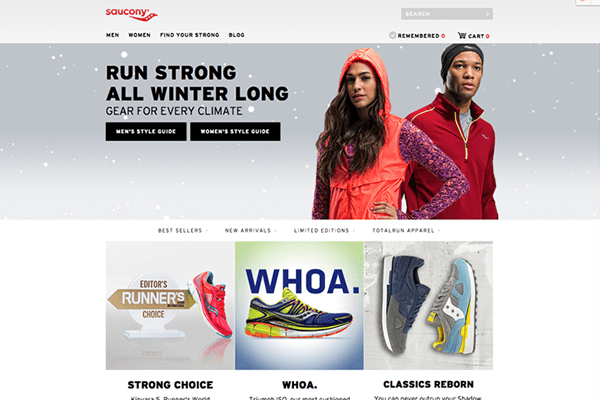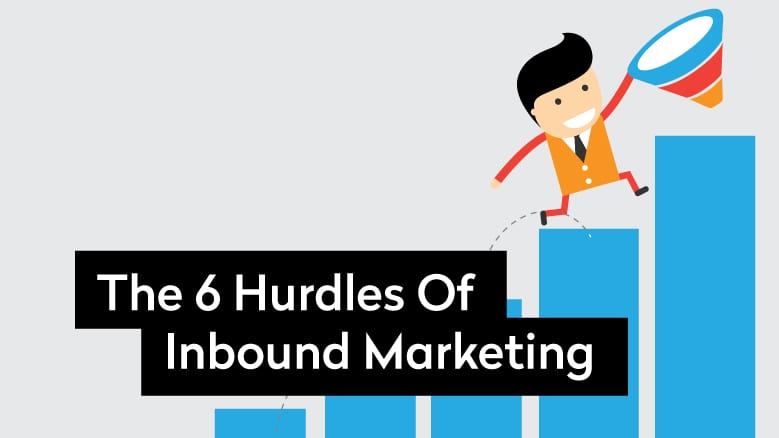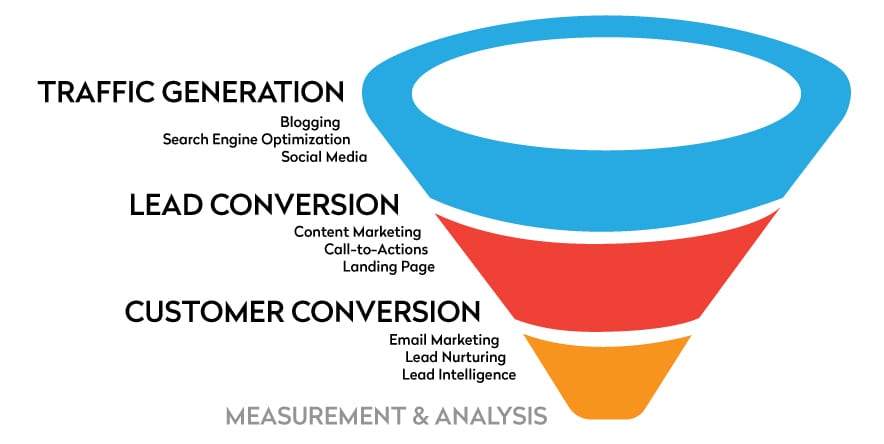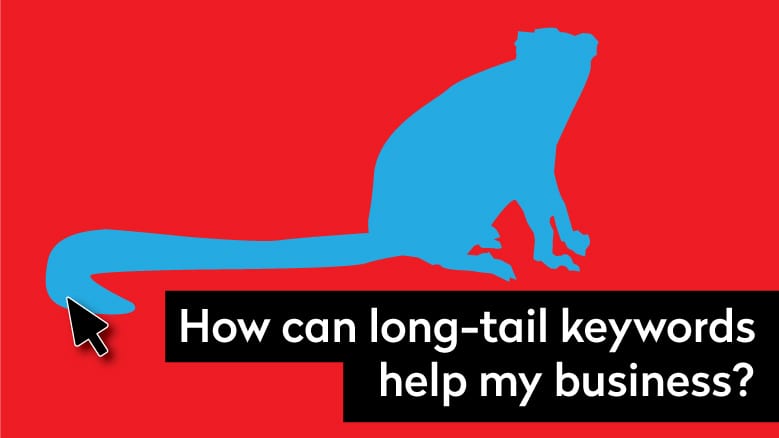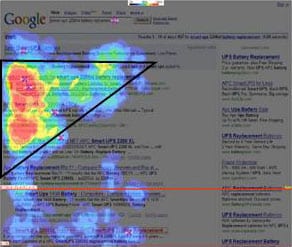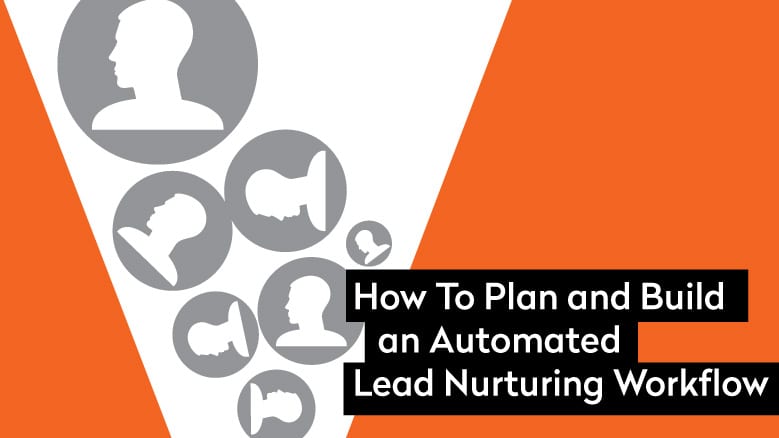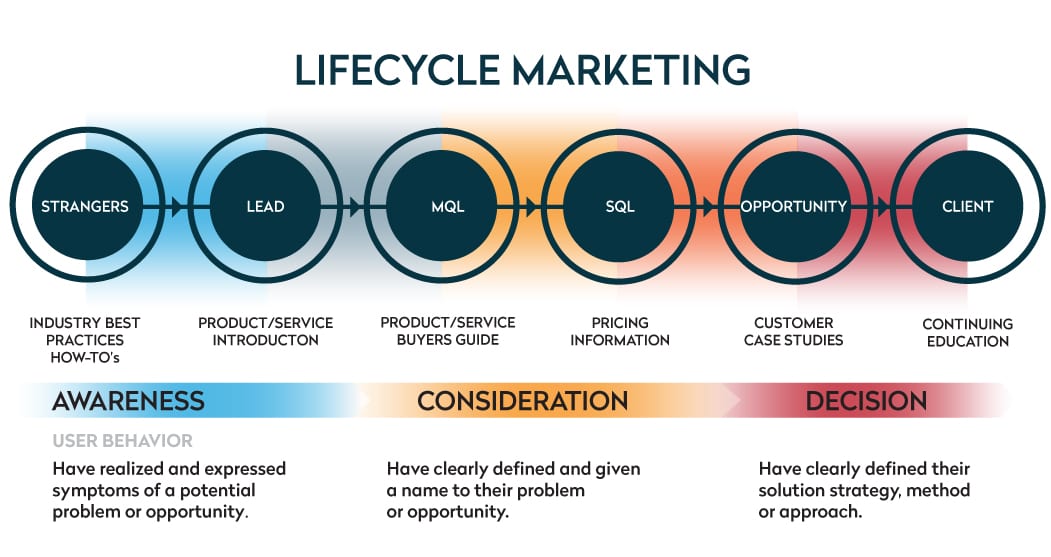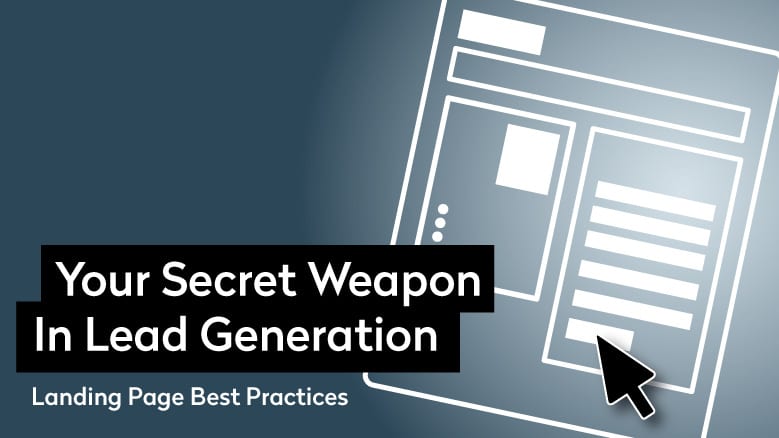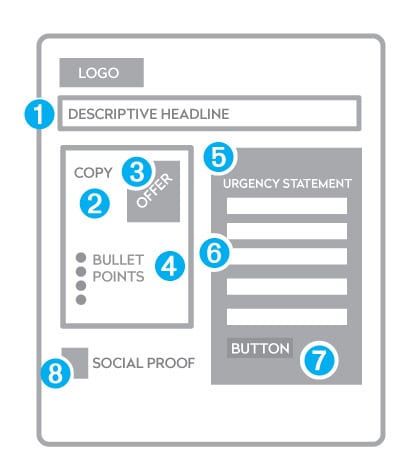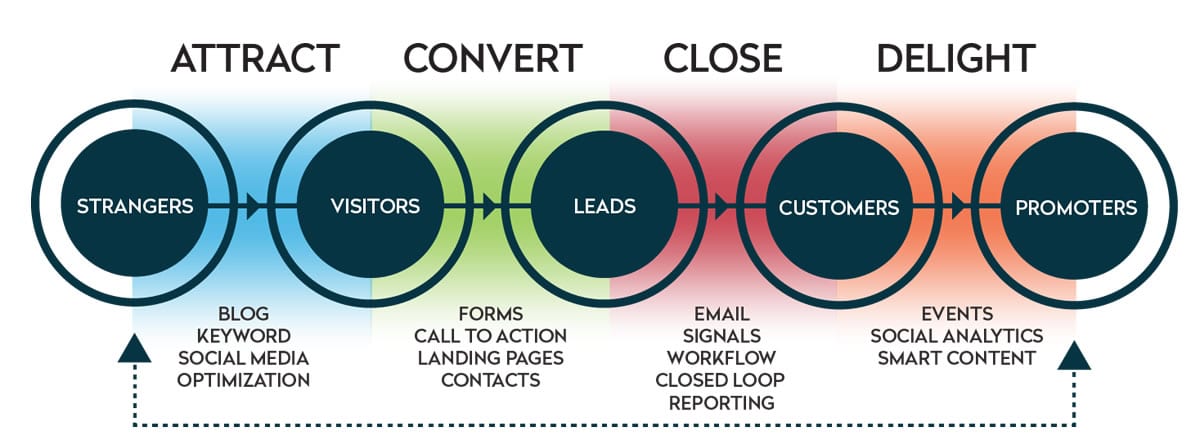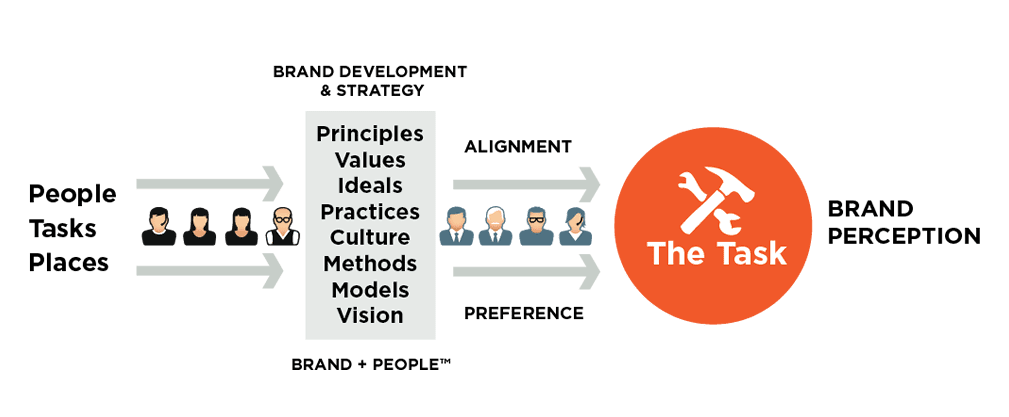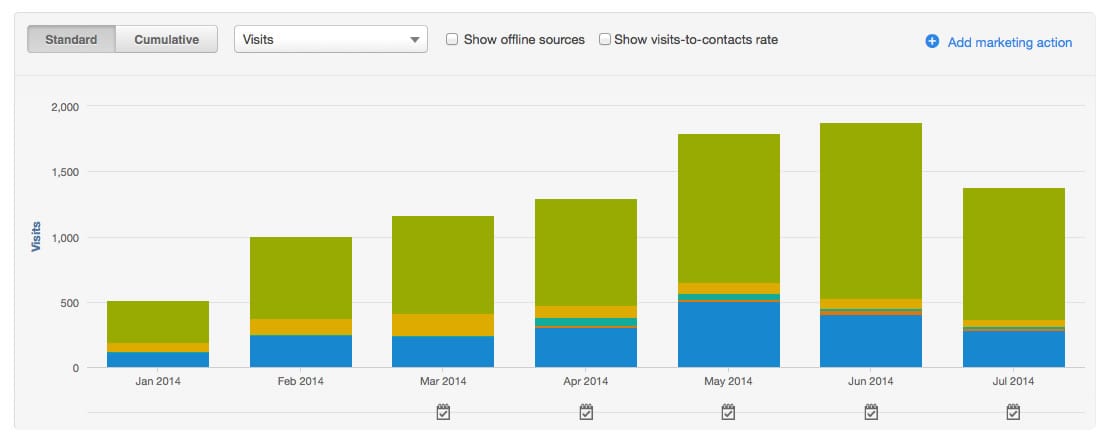
Recently, a long-term sporting goods client of ours was rewarded placement in Walmart for their revolutionary new product. It won over Walmart because it’s innovative, made of quality materials, packaged correctly, easy-to-use and understand and our client has the support and the inventory to fulfill the required purchase order (10,000+ units).
If you are a hunting or outdoor company that has attempted to get into Walmart, you know it is not easy. Walmart is the holy grail for most sporting goods companies because one purchase order can be worth hundreds of thousands of dollars.
Below are 6 points to keep in mind that will improve your chances of getting your product into Walmart.
1. Create an innovative and quality product
All great businesses start with a unique offering in the marketplace. In order for any large retailer to do business with you, your product has to be somewhat innovative. It has to solve a problem needed by many. It also must be durable and packaged in a way so that when customers buy it, it doesn’t break, people can’t steal it and it is designed to be seamlessly placed on Walmart’s shelves. Keep this in mind as you design and develop your product and packaging. Make sure that during production you adhere to Wal-Mart’s requirements and build in good cost margins as Walmart will ask for pricing below wholesale.
2. Develop your brand
We are firm believers in the following statement: “Unless you stand for something, you stand for nothing.” We have 10-20 of everything in the marketplace. Unless you develop your brand you risk falling into the cacophony of products that only differentiate on functions and features. A well-developed brand makes your product stand heads and shoulders above the competition because of its unique story and personality.
3. Design great packaging
Package design is key. A great package design can help your product look larger than life on the shelf. A good package design dramatizes and communicates the brand to the customer while demonstrating its use, function and features. It differentiates your brand from your competitors and allows you to stand out. Our client also adds QR codes on their packaging so the customer can scan using their smart phone to see a live demonstration—which further persuades the customer to buy. This also helps you persuade the Walmart buyer when you get your 30 seconds to pitch your product.
4. Build your inventory
One thing that most hunting and outdoor start-ups overlook is the ability to fulfill large orders. Walmart promises to always give customers the lowest prices on their products and they always ask for large purchase orders…always. Larger orders are typically classified as 7,000 – 10,000 units or more. If Walmart accepts your application to be a supplier, you will need to fulfill the purchase order under their terms, which could be within 15 days, and you may not get paid for 60-90 days. If you do not have a good inventory and the means to stay afloat for 3 months, this could be a deal breaker. This also relates directly to my next point about business history.
5. Build your business history and a good product case study
A lot of our past hunting and outdoor start-up clients have come to us with one thing in mind: “We want to get into Walmart, Costco, Home Depot, Sports Authority, Dick’s, Lowes, Target, etc.” Most haven’t thought through what it takes to build their business first and are shocked when we tell them the bad news about what it entails—unless the product is truly remarkable and the client has the necessary inventory—but this is rare. We will typically advise you to build a business case study first so that when it comes time to go for it, you are equipped with a track record that says success to the Walmart sporting goods buyer. You will also learn much along the way. A simple website with online store and internet marketing program can help you build your business and obtain valuable experience. This strategy gets the most ROI and allows you to test the validity of the product before making a significant inventory investment. While this is taking place, we advise you to get out there and be willing to take some risks with smaller retailers. This also will provide you with much needed experience to perfect your sales pitch and allow you to test the appeal and validity of your product. Long before Walmart, our client was selling in smaller retail outlets like Sportsman Warehouse, Cabellas, Bass Pro Shops and others. This allowed them to identify and get over the many hurdles that you will face along the way.
6. Perfect your pitch and be persistent
Once you have developed your brand, designed a killer package design, built your inventory, have a deep sales history, product case study and have perfected a winning sales pitch, it’s time to apply. Your presentation should be brief and to the point; it needs to showcase and demonstrate the product’s value, tell the product’s sales history, list customer testimonials and review and project future sales. Once you’re accepted, having other products in your product line with the same standards will allow you to expand in Walmart and potentially get into other retailers. If you get turned down, or you experience fragmented or down right rude communication, don’t give up, it may take a few months or years to finally get that first meeting.
By following the above points, you’ll have a good idea and direction on how to go about getting into a large retailer.







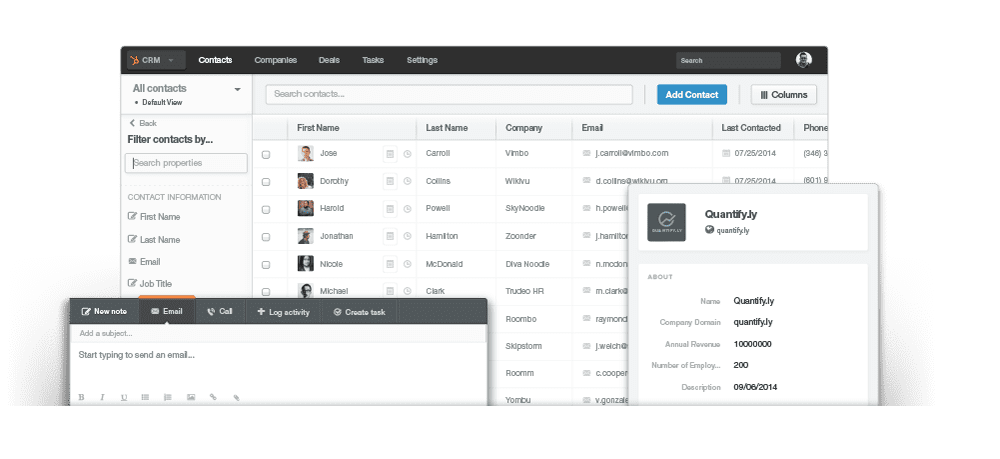


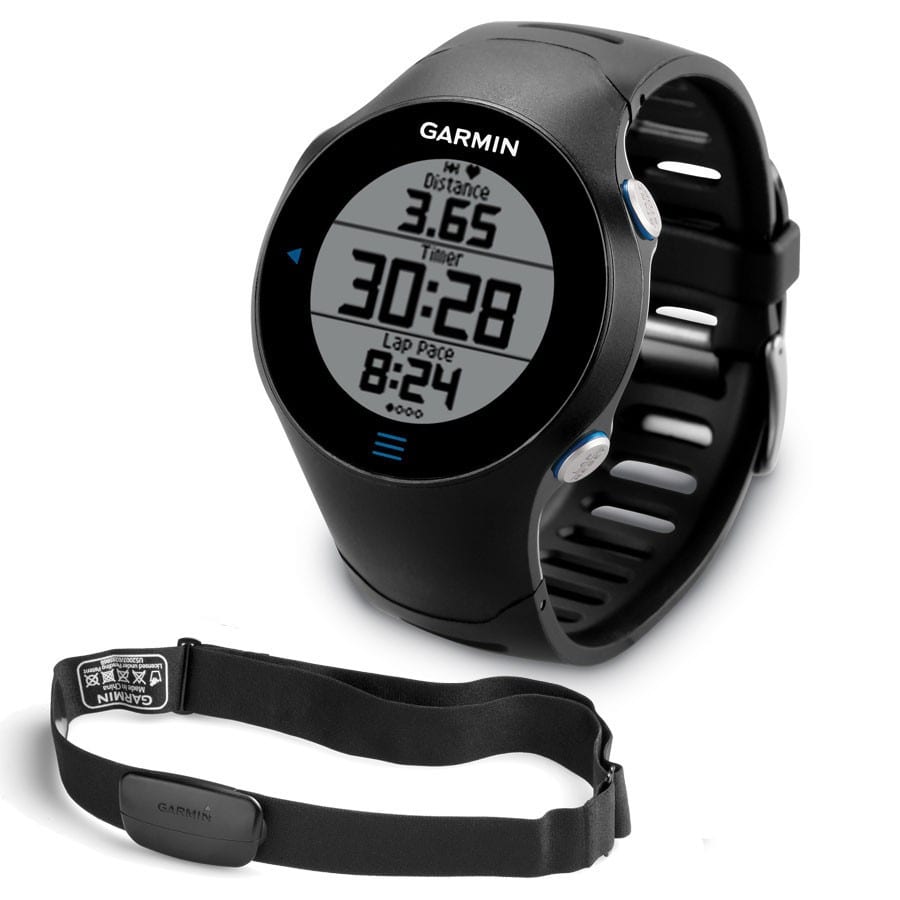
 The lesson here is, by investing in
The lesson here is, by investing in 